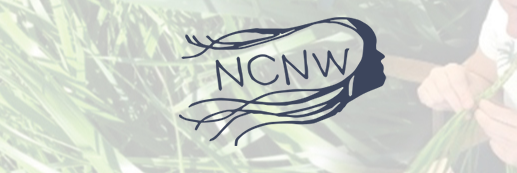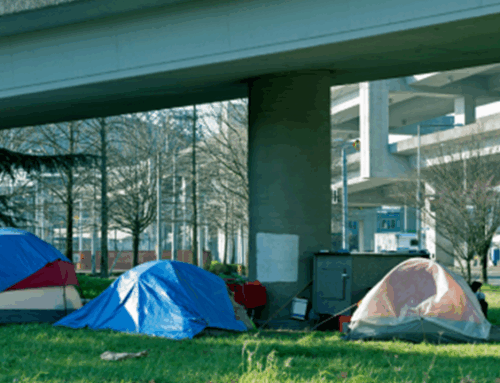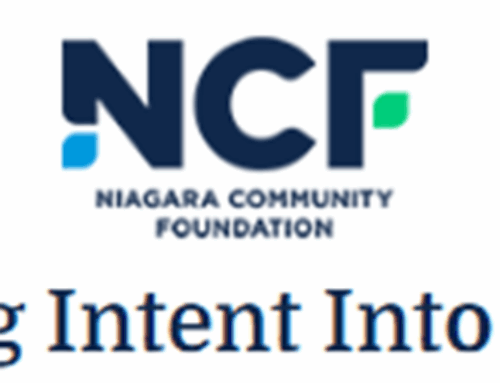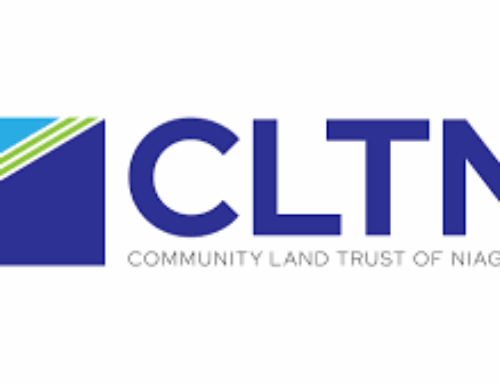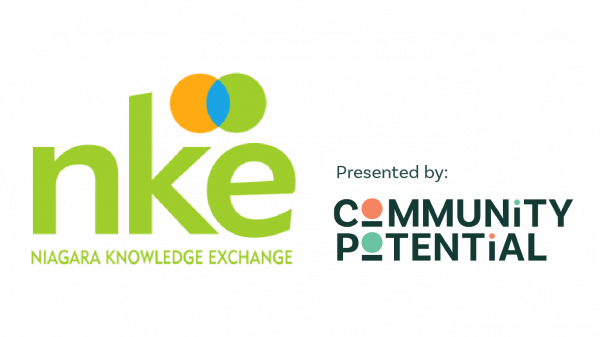First published May 5, 2022 in Niagara This Week. Reposted with permission of the author.
We are really pleased so many families have jumped on board with Red Dress Day. It means awareness to violence against Indigenous Peoples is growing and therefore may get recognized and stopped by you, our allies, in the moment. You can hang red dresses in trees, on porches, off lamp posts, along bridges and so many other places. Hang one in your office, so it shows up on those Zoom meetings you are attending. Wear red on Thursday May 5 — a shirt, a dress, a hoodie — and every day. Work to understand that all days are Red Dress Days for Indigenous people. We remember, honour those spirits who are missing, were murdered and taken from us through no fault of their own — some as young as 11 years old.
While physical and sexual violence is straightforward, we need to recognize that omission to act, omission to intervene, turning away, wilfully ignoring obvious needs, are also all acts of violence. Failure to act, failure to respond to blatantly obvious urgent situations is called the sin of omission in some religious orders. Often, the consequences end up being severe, even resulting in death. We ask you to step in, intervene. Do not be that bystander that says, “oh, I should have done something.”
Why every day is Red Dress Day for Indigenous women is because six out of every 10 of us Indigenous women will experience physical or sexual assault in our lifetime, from age 15 on. So, nearly two thirds of First Nations and Métis women experience violent victimization during a lifetime — 64 to 65 per cent compared to non-Indigenous women at 45 per cent (also 2 outrageously high!) — according to StatsCan in recently released reports on violence.
We’ve known this, and also that the numbers are actually higher due to under-reporting. Now, compare numbers with the National Inquiry into Missing and Murdered Indigenous Women, Girls, Two-Spirit Report (2019), which states that Indigenous women are also seven times more likely to be murdered by serial killers.
Reports such as the MMIWG2S definitely help to raise awareness on the issues still ongoing today. That’s why we need everyone to take action. What happens after awareness?
Here in Niagara, we in the Indigenous community work hard to protect our community members, to teach our families safer ways of being; of living. We also work hard to coach, build and strengthen allies in every sector of daily life, so those who profess allyship actually take action when they recognize an injustice, an assault, an attack is happening. So, they can invoke changes to policy, regulations and address bias they recognize as another form of violence. They are starting to understand that every day really is Red Dress Day for us, our families our children.
You know, I get asked, what are we doing for Red Dress Day by political leaders, civic departments, school boards, post-secondary institutions or other agencies, and I shudder. The painfully obvious question is: What are YOU doing for Red Dress Day? All Indigenous groups have done our part in truth-telling, advocating and working to save our families. Allies need to take action for true reconciliation to work.
To learn more, contact:
Wendy Sturgeon, Executive Director, Niagara Chapter Native Women
Email: edncnw@gmail.com
Additional Resources:
Mno Bmaadziwin Living the Good and Healthy Life Community Safety and Wellbeing Indigenous Engagements Report Off-Reserve Niagara Region, Canada 2021
Let’s Talk About Surviving Today NCNW Report Phase 1 Anti-Human Trafficking 2018
National Inquiry into Missing and Murdered Indigenous Women and Girls Final Report 2019

